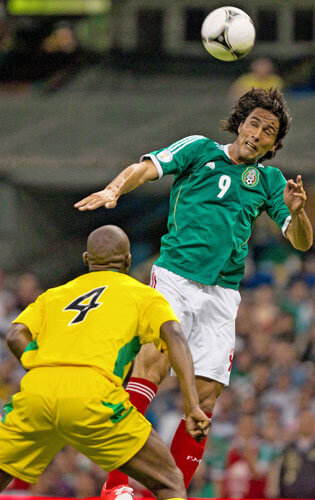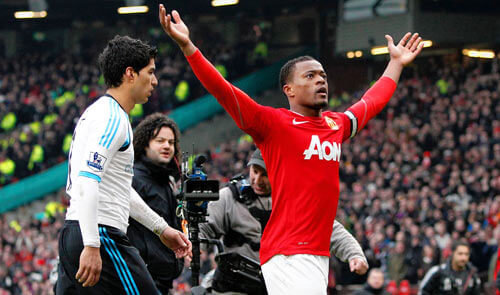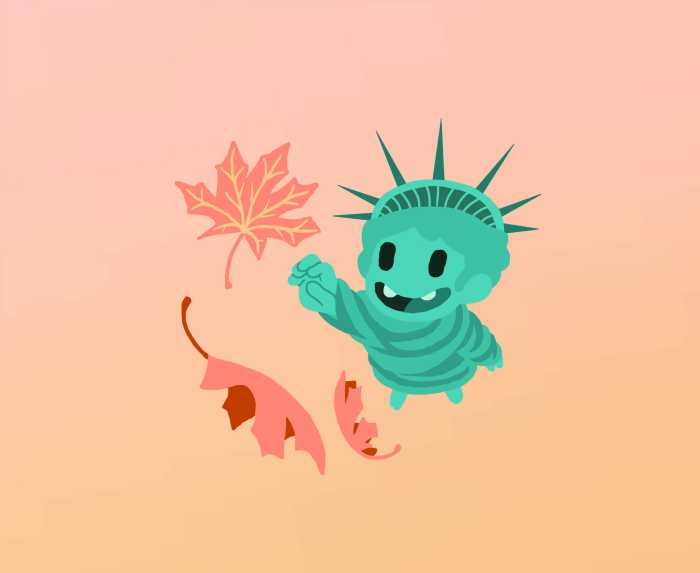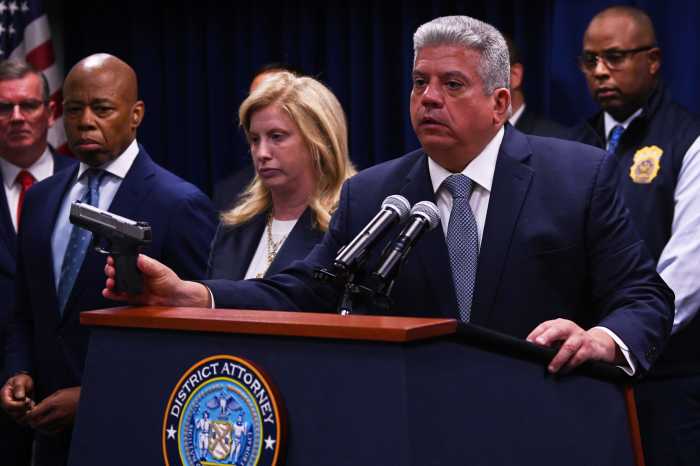Coming to America was no easy transition for sports aficionados arriving as immigrants from the Caribbean. In Jamaica, track and field, soccer AKA football and cricket were the seasonal attractions. Therefore, when I attended Theodore Roosevelt High School in the Bronx to find a soccer team in place, it was assurance that a measure of familiarly would prevail.
The entire team was comprised of players either from foreign countries or had parents who had migrated here. Most were Europeans. The best of the lot was Rene, a Cuban center fielder who resembled Brazil’s best, Pele.
Watching the team play was like revisiting Bob Marley’s music.
And although the sport seemed to gradually build recruits, there was little passion to gloat when Pele was king.
Sure, the U.S. has been competing in World Cup since the 1930’s. Neither could the players nor country be considered Yankee-come-lately. After qualifying in 1934, withdrawing participation in 1938, the team remained a bystander until 1950 when they resurfaced. It was not until 1990 that the U.S. qualified again. A year earlier during the CONCACAF Championships, the Yanks gained confidence winning 1–0 against Trinidad and Tobago. It marked the U.S.’s first away win in nearly two years and earned the United States its first World Cup appearance in 40 years. Perhaps the upward climb started then because in 1994 when the U.S. hosted the contest I recall being on a flight to California and the pilot on a United Airlines flight announced the score to a game versus Brazil. Brazil scored a 1-0 victory and it felt like the worst turbulence.
Americans it seemed had caught the fever and have not cooled towards the global game of champions.
Fast forward to 2010 when FIFA World Cup moved to South Africa, U.S. fans blew into vuvuzelas as if the horn represented a hat-trick. Four years later, 180,000 Americans purchased tickets to spread across the Amazon to see team USA play a game that is now broadcast on ESPN and WABC.
In this same year it seems everyone is talking about Portugal’s fearless Cristiano Ronaldo. It is hard to imagine that since graduation from Hunter College a movie titled “Bend It Like Beckam” sold audiences to the skill of England’s David Beckam.”
All this has happened over a relatively short time-frame. The underdog sport of America — soccer — is number two for young sports-minded Americans. Named the second most popular sport among a generation of 12 to 24 year-olds, the once foreign game is homeland security.
When Ghana played the USA recently, Manhattan seemed a virtual viewing hub. From Times Square to Union Square, crowds packed into bars to cheer the Stars and Stripes. When Team USA scored, the noise reverberated through the subway systems and deafened clueless observers. American troops in Afghanistan watched in huge numbers. And after The Yanks beat Ghana 2-1 all bets are on for a US advancement to the next level.
The second match in Rio de Janeiro drew even bigger gatherings in downtown Kansas City, Chicago, Illinois, and in many major cities.
The 2-2 score that cooled top-ranked Portugal’s heat finds them facing Germany on June 26.
Win lose or draw, American soccer has found a place among the top sports. Ranked 13th in the entire world, the USA has rapidly gained respect playing the challenging sport and fans are as passionate as those in Brazil, Europe, and wherever the sport reigns.
“Baseball is currently the second most popular sport among all Americans but most baseball fans are older while Major League Soccer is a young person’s game. This means that as generations of baseball fans die off, they will be replaced with generations of soccer fans, and the MLS will welcome them with open arms.”

























